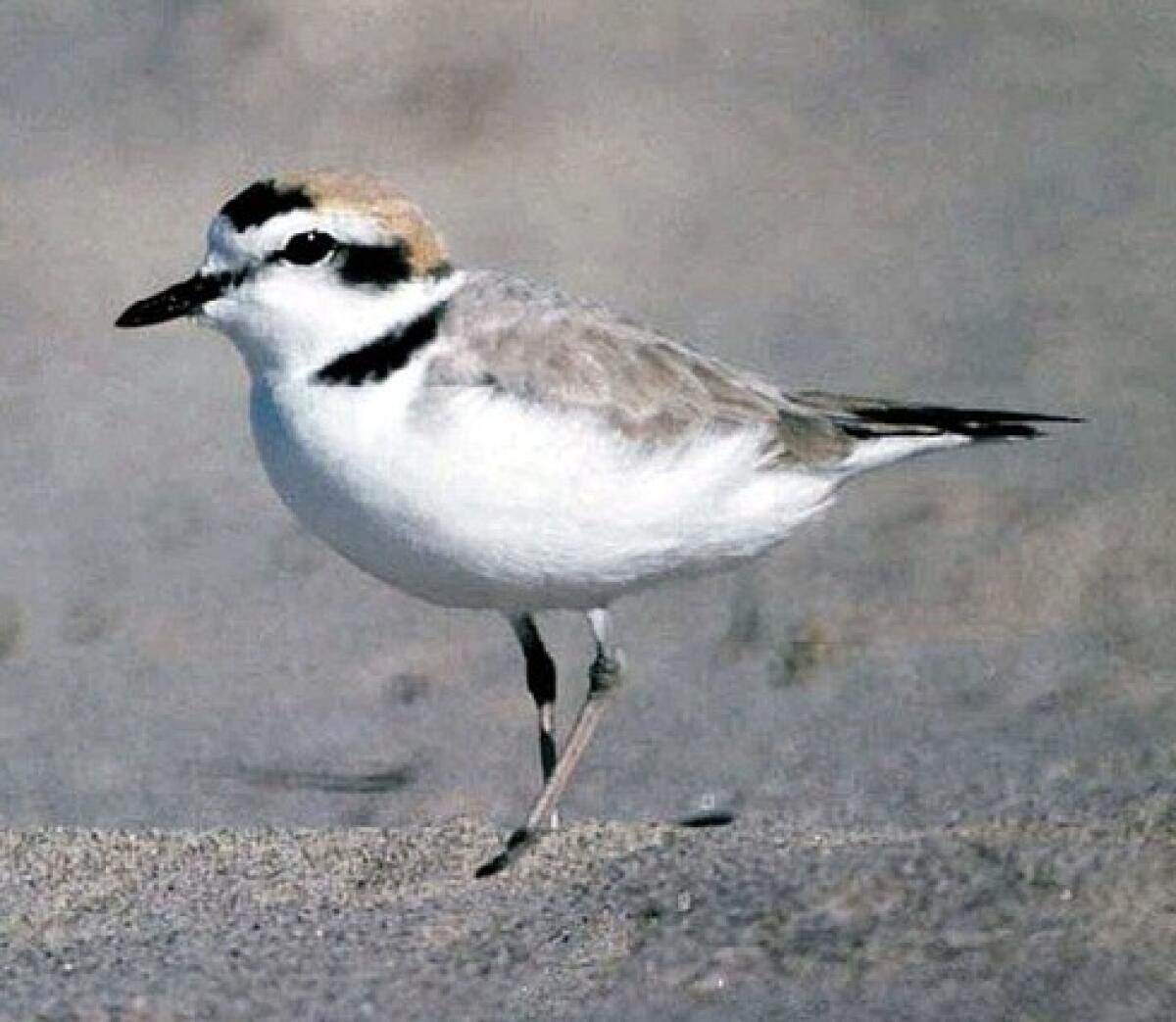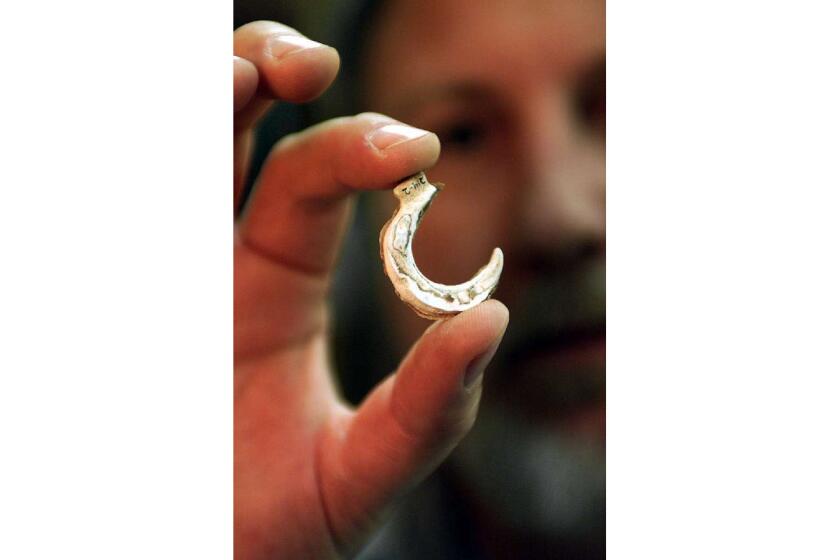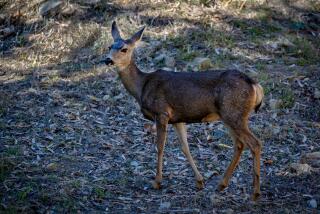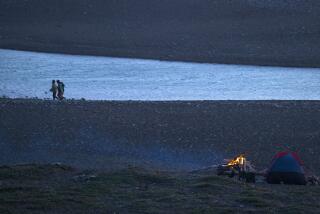Battle between off-roaders and rare bird heats up at Oceano Dunes state park

- Share via
It wasn’t long after Oceano Dunes locked its gates due to the coronavirus that rare shorebirds started nesting in areas usually reserved for off-roaders and their beach-riding vehicles.
The nesting season of the federally threatened western snowy plover runs from March through September and coincides with the period of greatest human beach use at Oceano Dunes State Vehicular Recreation Area — the only California state park that allows vehicles to drive on the beach.
Now, those clashing interests have spurred ongoing state and federal investigations into reports that California Department of Parks and Recreation rangers deliberately destroyed plover nests in preparation for the long-awaited reopening of Oceano Dunes, near Pismo Beach.
On Wednesday, the California Coastal Commission formally ordered State Parks to cease activities designed to disrupt plover nesting and conducted without coastal development permits. Those violations of the Coastal Act have included brushing away plover nests, which are mere depressions in the sand; grading; installing stakes with mylar flags to dissuade breeding behavior; and moving birds.
“We consider these to be serious violations,” said Jack Ainsworth, executive director of the California Coastal Commission. “The Coastal Act protects sensitive habitats including beach areas that endangered species depend on for their survival.”
“We asked State Parks to cease the activities,” he added, “and are working with them to fully resolve the violations.”
Just weeks away from the long July 4 weekend, the controversy has raised concerns about when and under what conditions the state will reopen Oceano Dunes. The park, which encompasses roughly 1,500 acres of sand dunes and six miles of beachfront, attracts nearly 2 million people a year and injects about $171 million into the San Luis Obispo County economy.
The big question for the U.S. Fish and Wildlife Service is whether to give the plovers that recently expanded their nesting grounds the peace and quiet they need to raise their young.
“While we are excited to see plovers stretching their legs to build nests in new locations, these new areas are unfavorable because they are designated for vehicular recreation when open to the public,” said Jane Hedron, a spokeswoman for the Service.
Petition demands Navy stop removing Indian artifacts from California’s ‘Island of the Blue Dolphins’
More than 390 people, many of them archaeologists and Native American leaders, have signed a petition demanding that the Navy suspend its plans to relocate artifacts from San Nicolas Island to a former icehouse at the Naval Air Weapons Station in China Lake, Calif.
State Parks has argued that its rangers were operating legally under an Oceano Dunes management plan when they wiped out several plover nests in the sand, in order to deter breeding in riding areas.
The rangers were careful to avoid disturbing nests with “a female appearing eggy in the area,” according to Ronnie Glick, senior environmental scientist at the state Oceano Dunes District.
But environmentalists complained that State Parks did not have required federal permits to interfere with the nesting activities of endangered species including the plovers and California least terns.
The nonprofit Center for Biological Diversity has notified State Parks of its intent to sue.

“Snowy plovers are making a comeback at Oceano Dunes since vehicles were prohibited, and park officials shouldn’t be interfering,” said Jeff Miller, a senior conservation officer at the Center.
“The state is trying to frame this tragedy as a fight between off-roaders and endangered birds,” he said. “But that’s like treating dune-buggies as endangered species.”
“Unlike dune buggies,” he added, “these birds don’t have any place else to go to avoid extinction.”
In a statement, Gloria Sandoval, a spokeswoman for State Parks, said her agency is cooperating with federal wildlife authorities and the Coastal Commission “to better understand the details surrounding the concerns so that we may respond appropriately.”
Oceano Dunes, which is managed by the California State Parks’ Off-Highway Motor Vehicle Recreation Division, is not the only place where plovers have run into trouble.
State Parks has partnered with federal wildlife authorities in an ongoing investigation into the destruction of three western snowy plover nests during the dark of night in late May at Huntington State Beach.
The Fish and Wildlife Service has spent more than two decades trying to reverse the decline of western snowy plovers, a tiny gray-brown and white bird that nests on prime real estate — sandy beaches near the ocean.
A once-popular bumper sticker in the Oceano Dunes area read “Eat Plover.”
That was back when there were an estimated 976 western snowy plovers left along the Pacific Coast.
The latest counts show that the number has begun to rebound. This year, wildlife authorities say there are an estimated 2,217 adult western snowy plovers along the coastline from Washington to the Mexican border.








